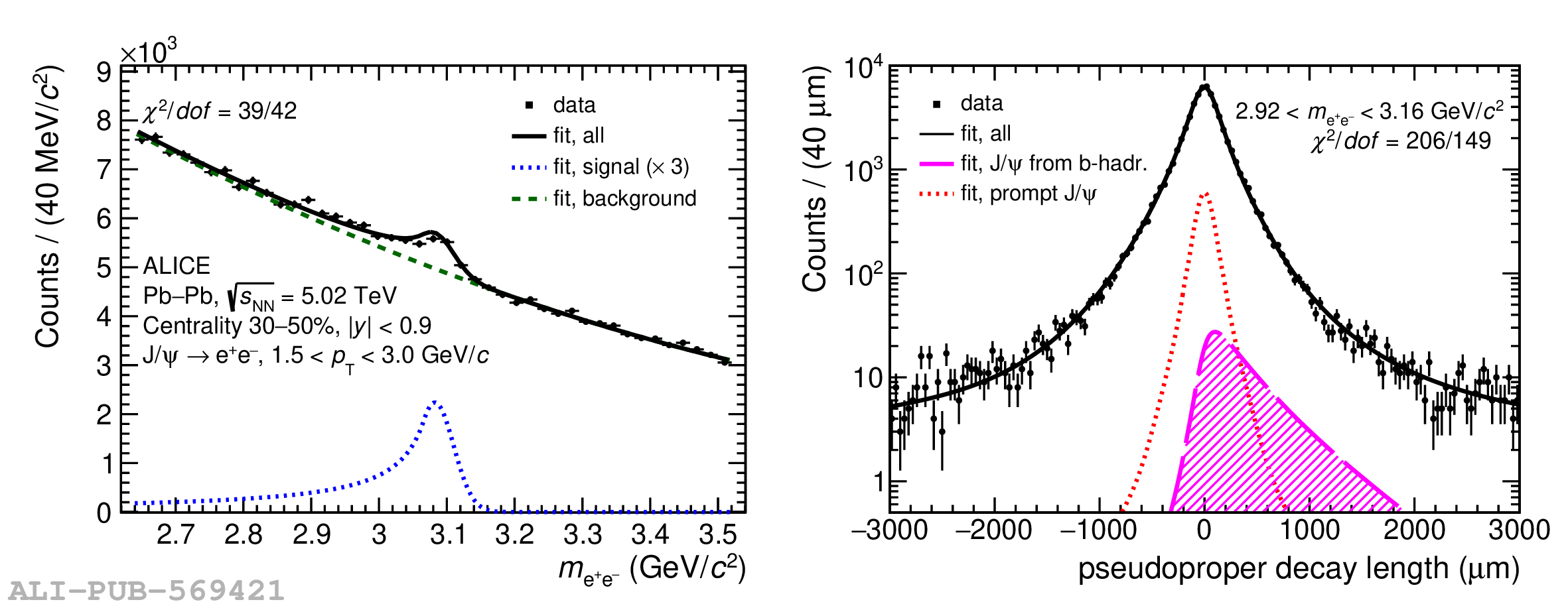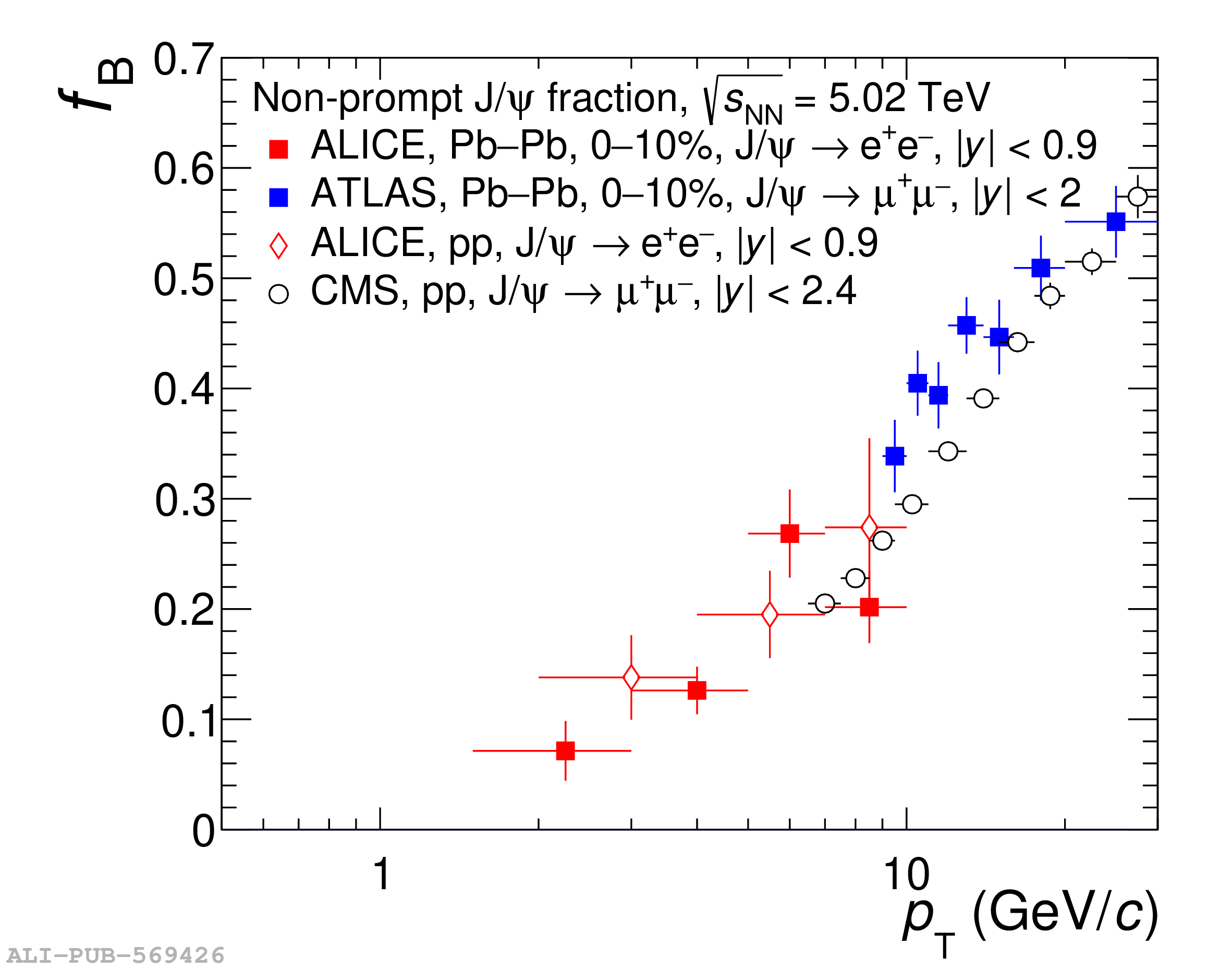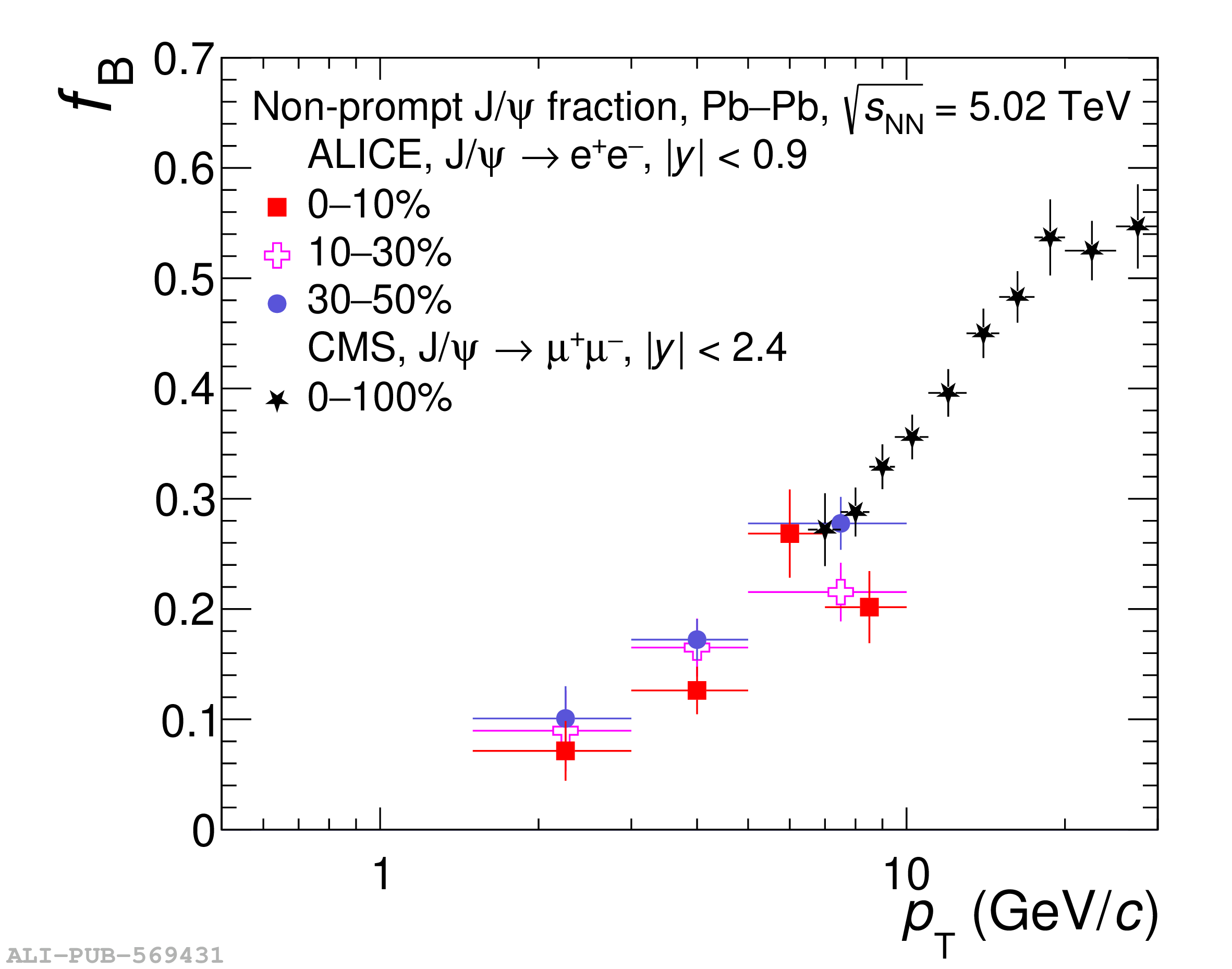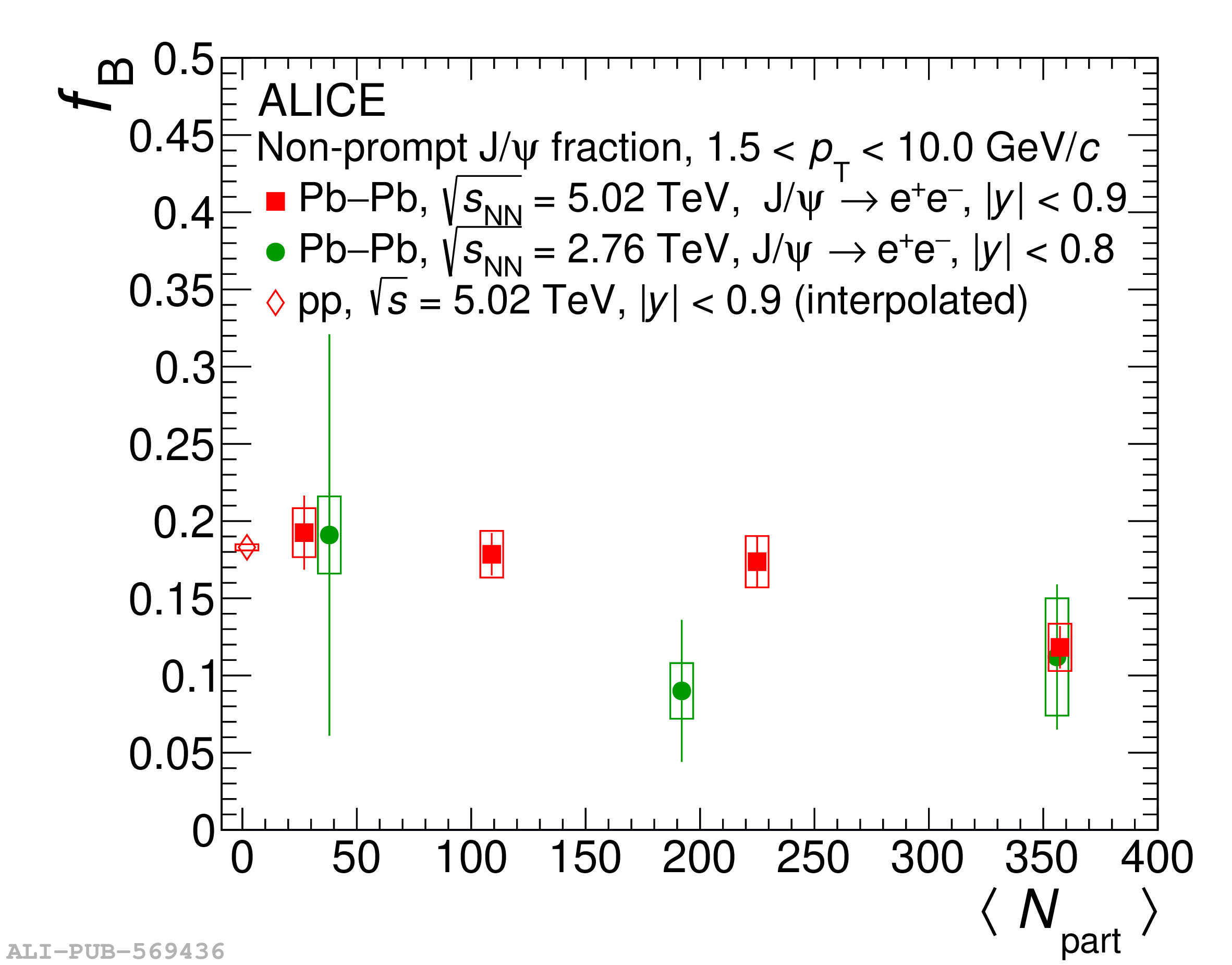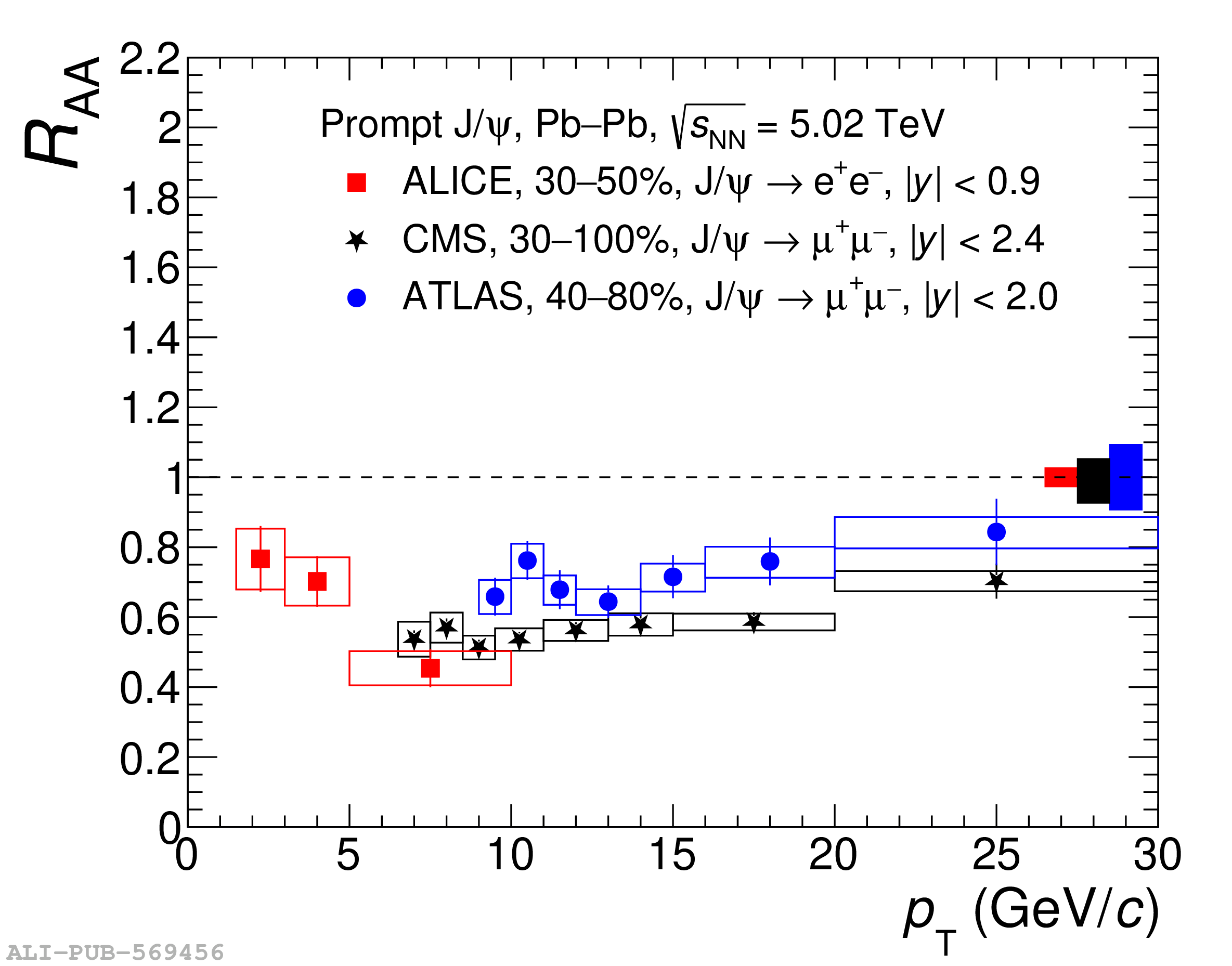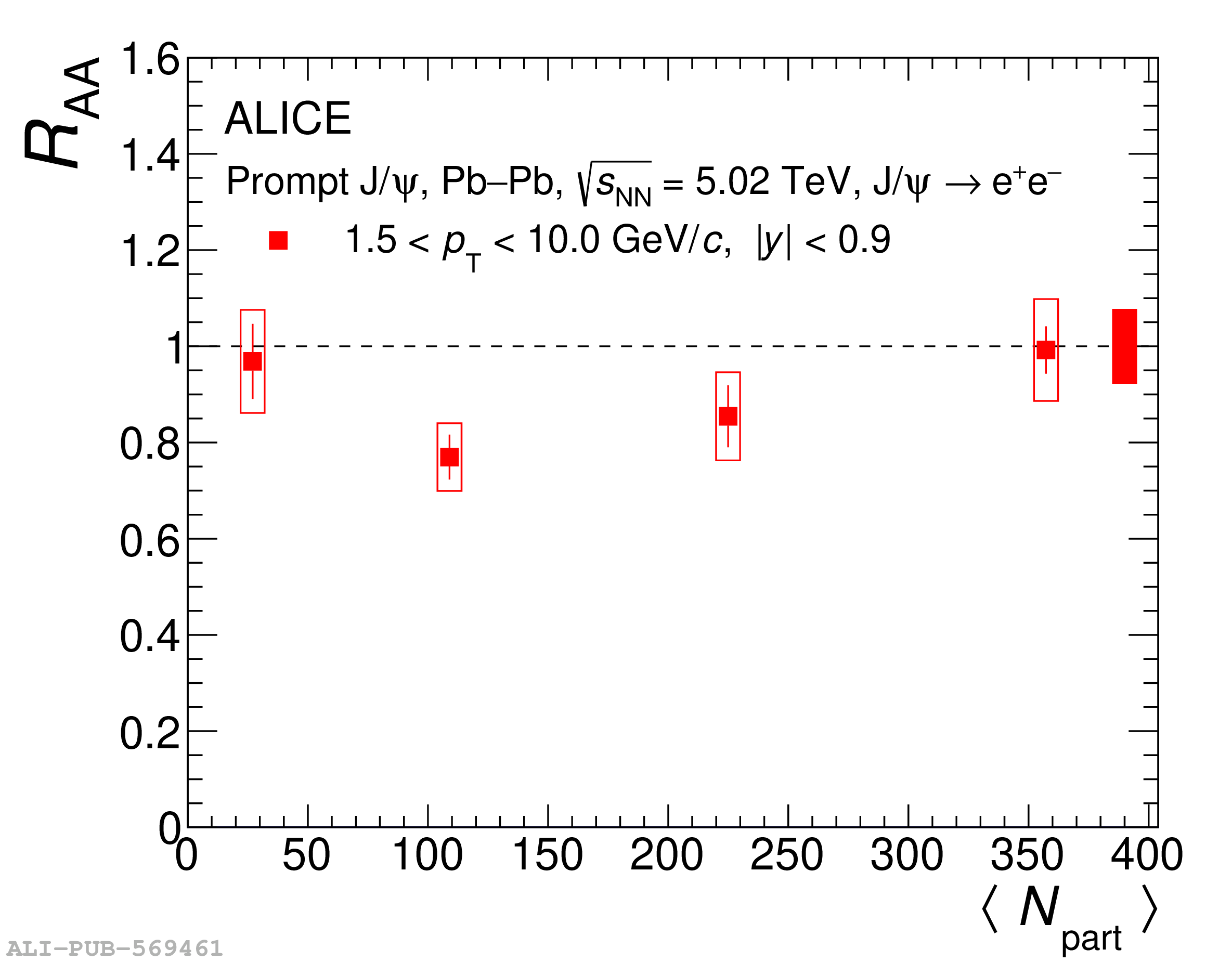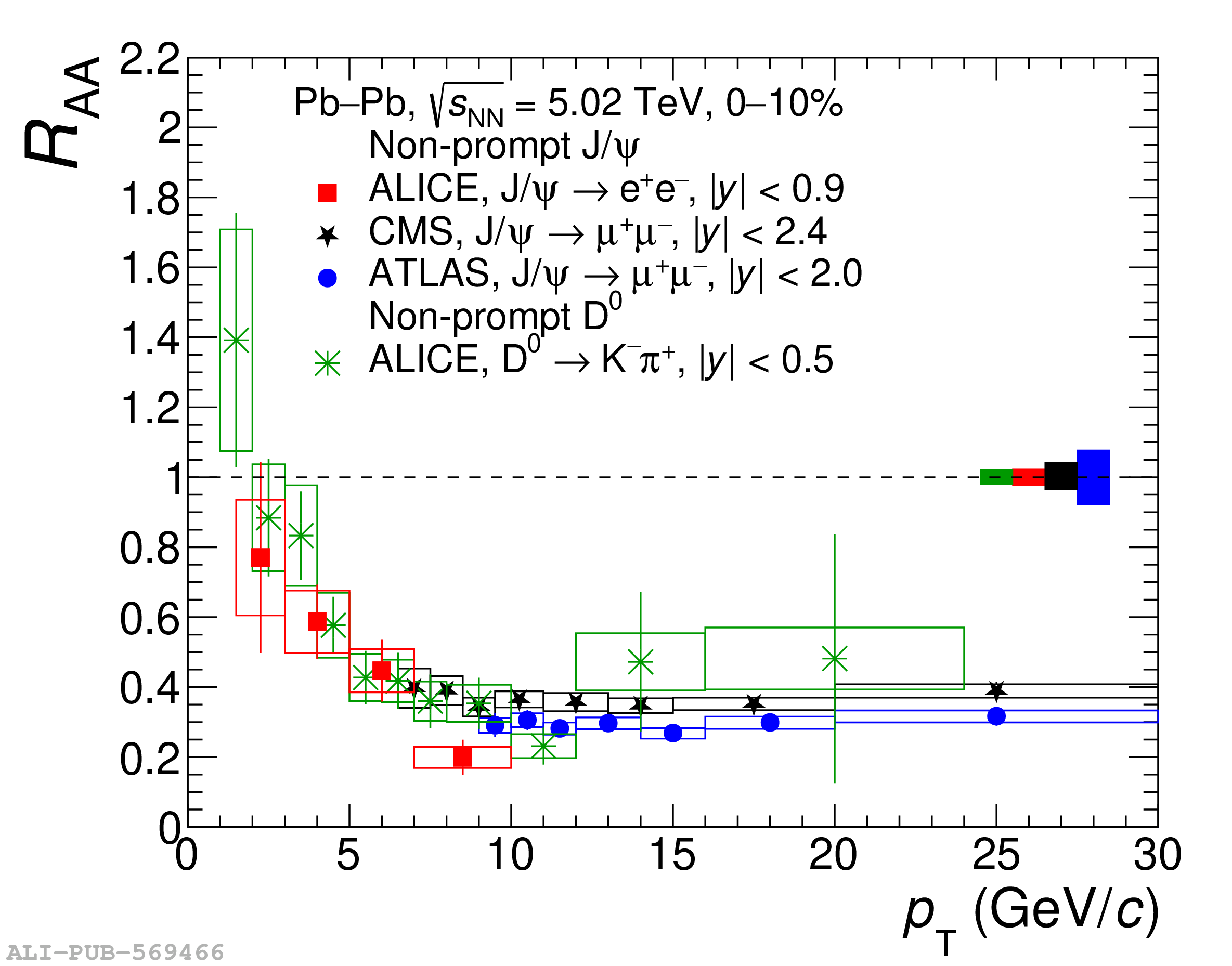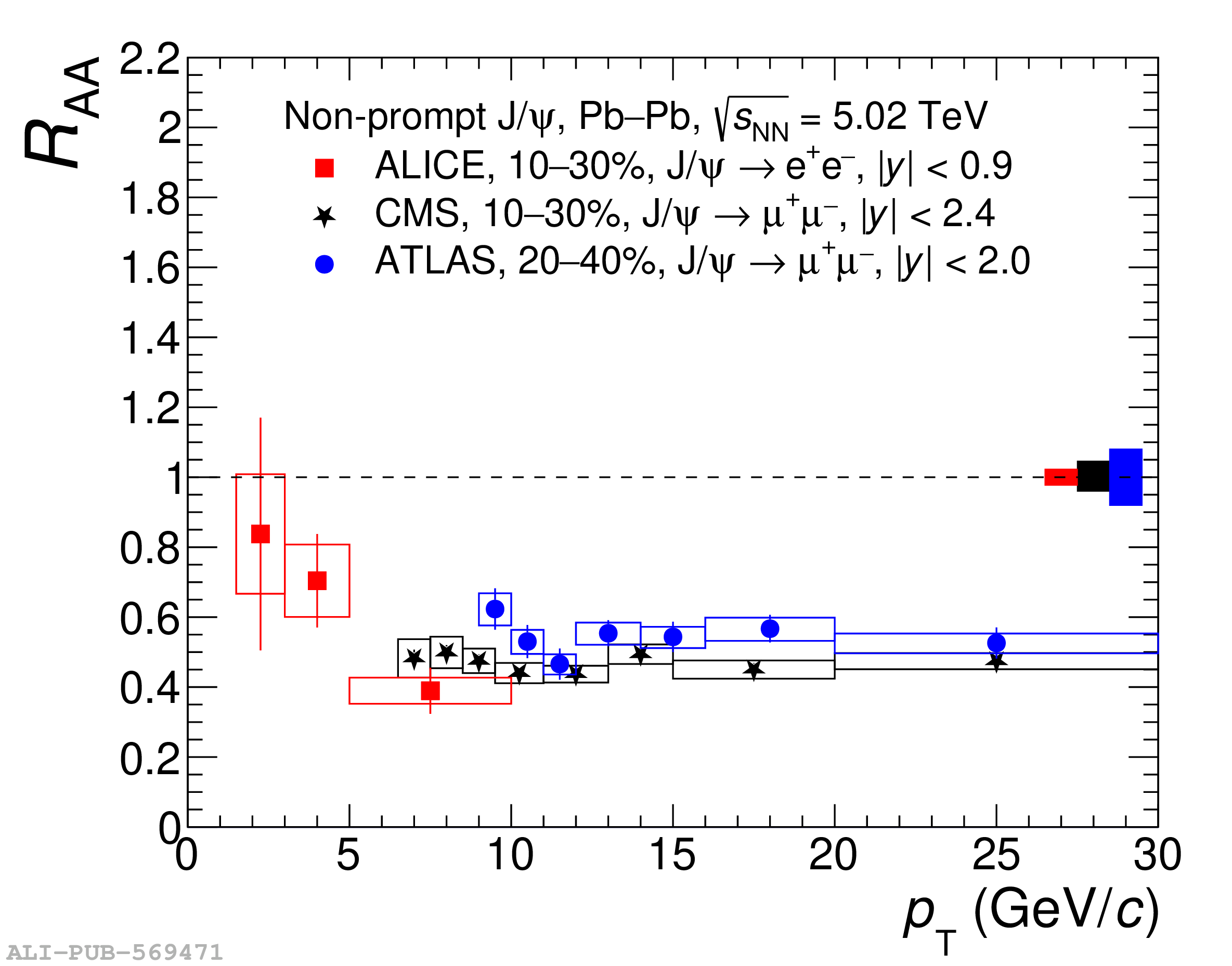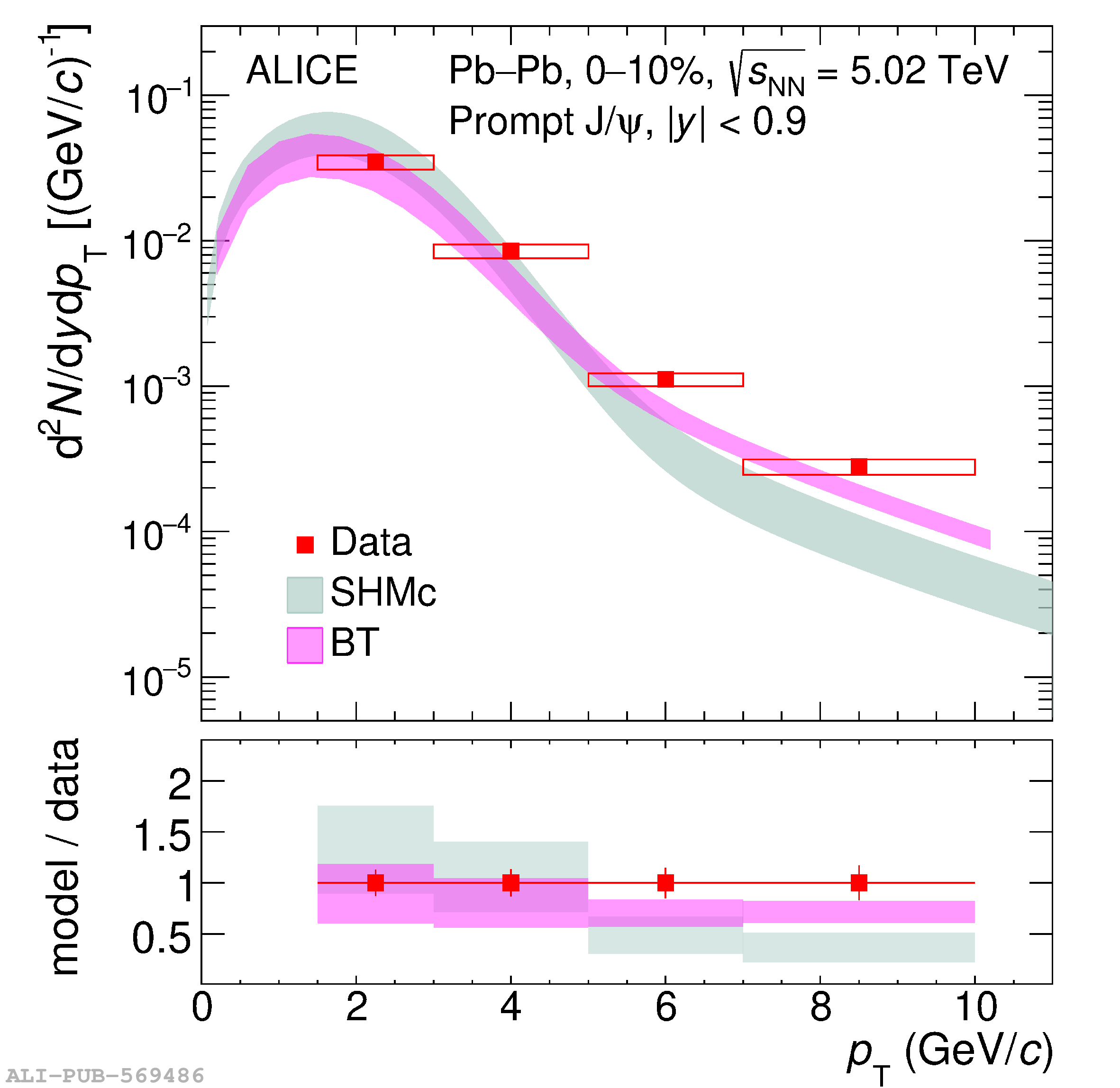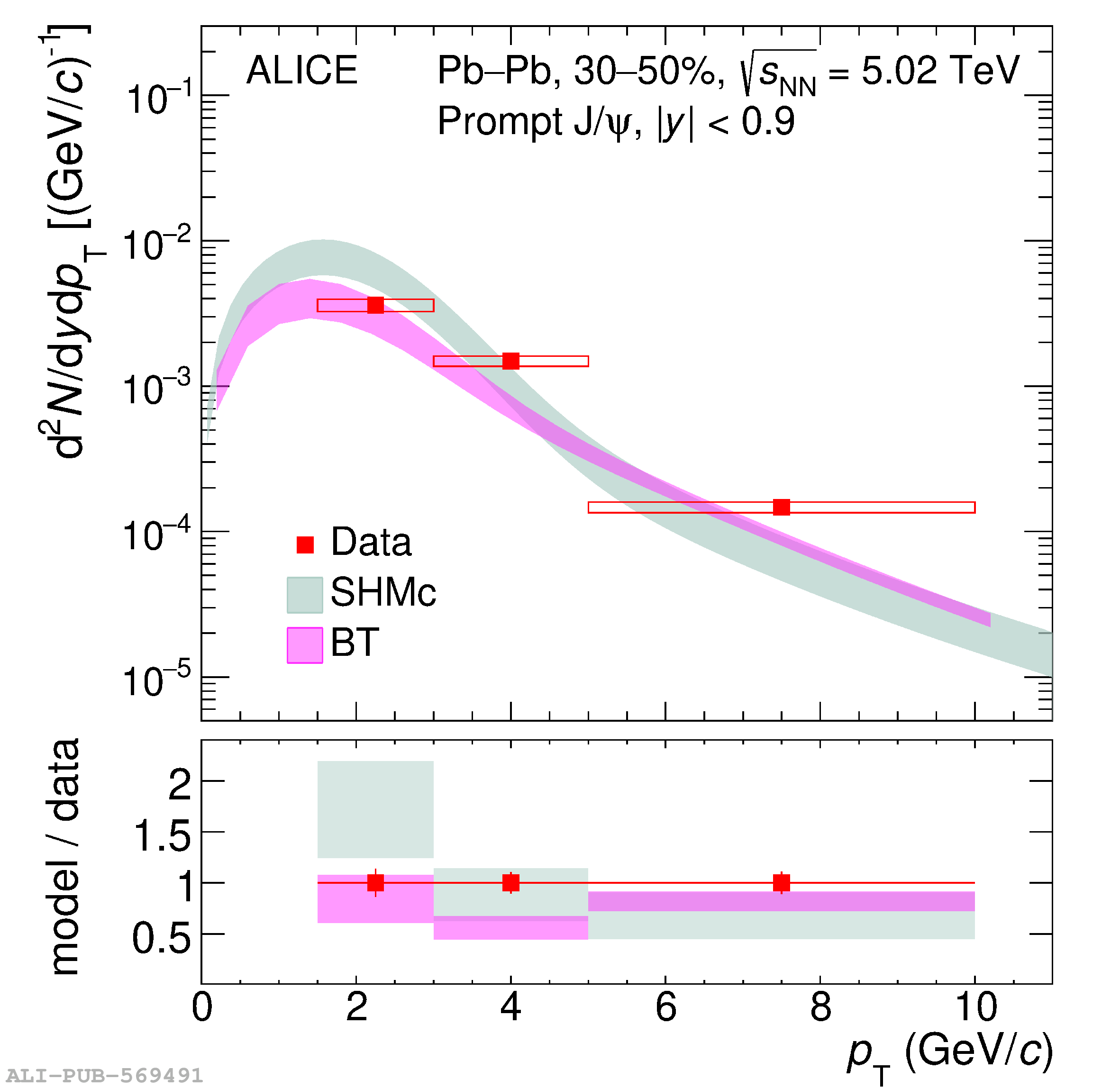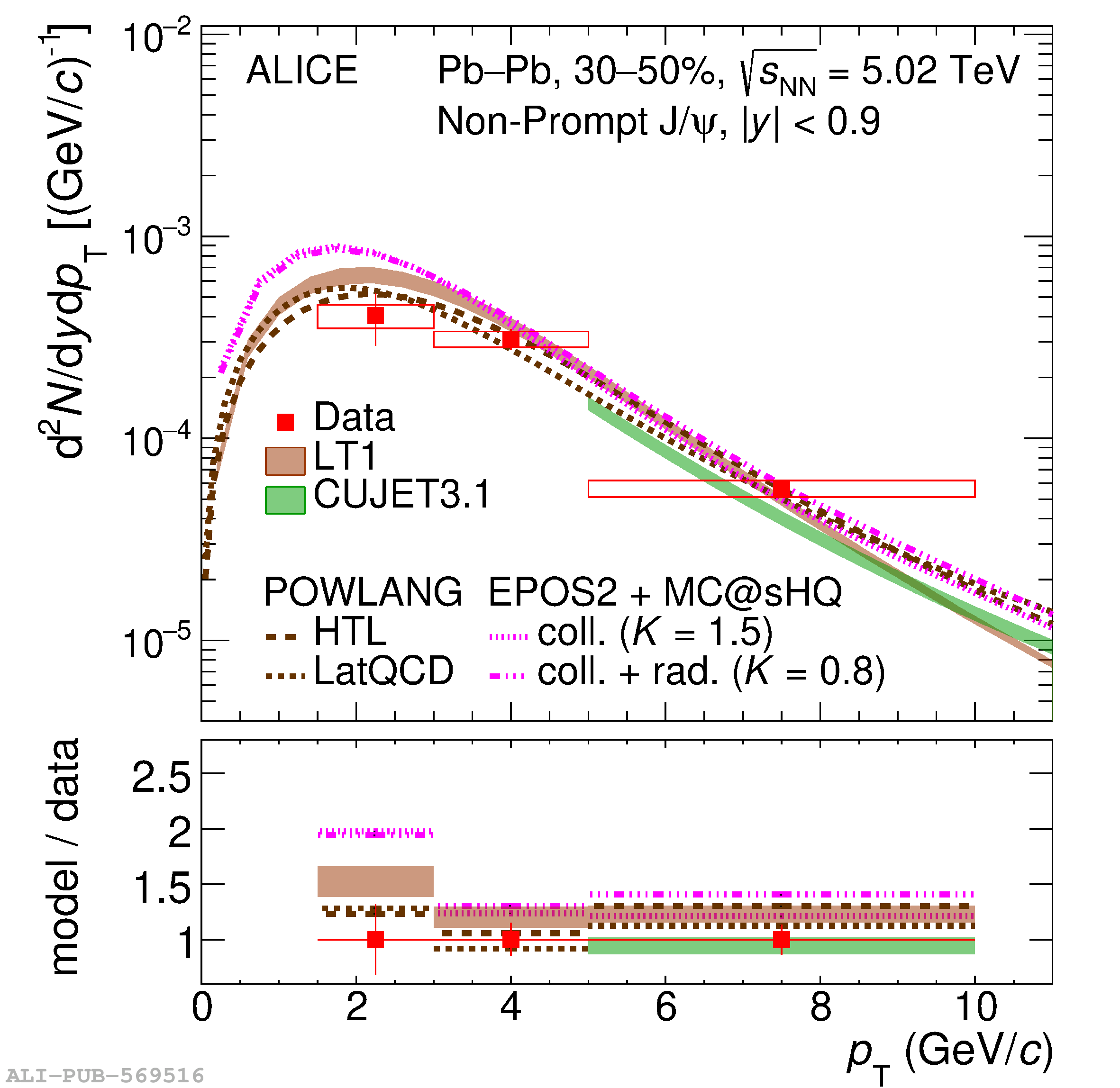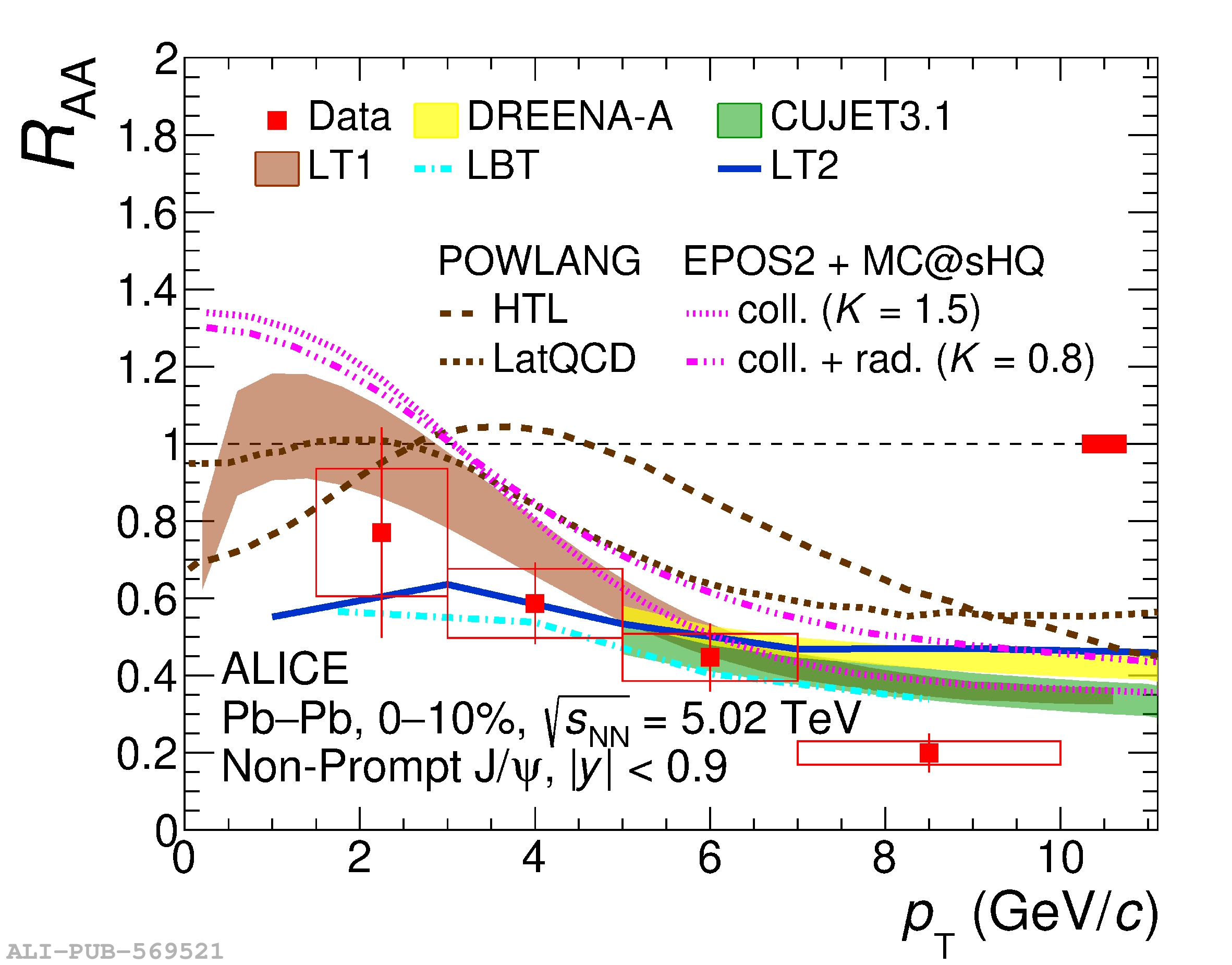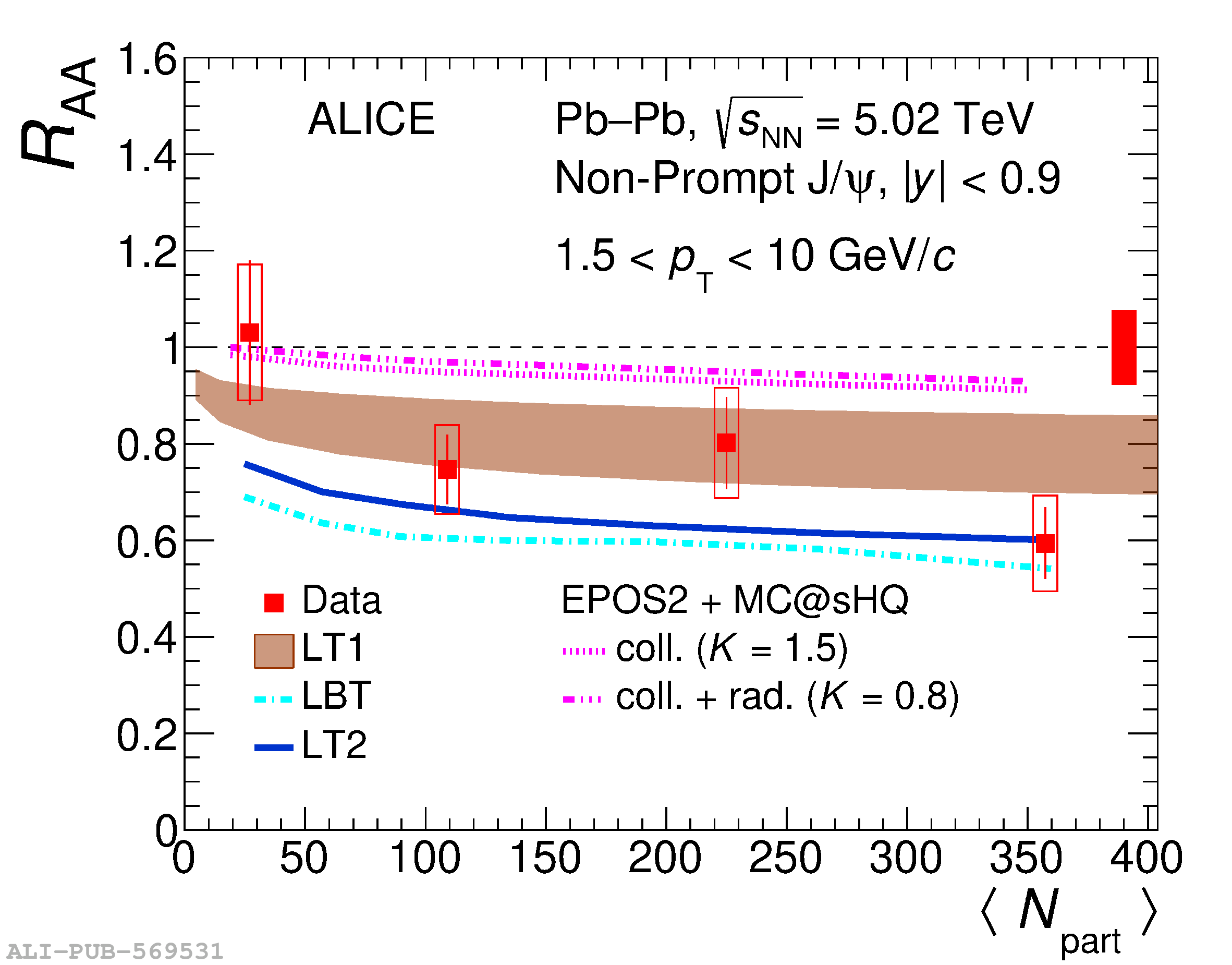The transverse momentum ($p_{\rm T}$) and centrality dependence of the nuclear modification factor $R_{\rm AA}$ of prompt and non-prompt J$/\psi$, the latter originating from the weak decays of beauty hadrons, have been measured by the ALICE collaboration in Pb$-$Pb collisions at $\sqrt{s_{\mathrm{NN}}}$ = 5.02 TeV. The measurements are carried out through the ${\rm e}^{+}{\rm e}^{-}$ decay channel at midrapidity ($|y| <~ 0.9$) in the transverse momentum region $1.5 <~ p_{\rm T} <~ 10$ GeV/$c$. Both prompt and non-prompt J$/\psi$ measurements indicate a significant suppression for $p_{\rm T} >$ 5 GeV/$c$, which becomes stronger with increasing collision centrality. The results are consistent with similar LHC measurements in the overlapping $p_{\rm T}$ intervals, and cover the kinematic region down to $p_{\rm T}$ = 1.5 GeV/$c$ at midrapidity, not accessible by other LHC experiments. The suppression of prompt J$/\psi$ in central and semicentral collisions exhibits a decreasing trend towards lower transverse momentum, described within uncertainties by models implementing J$/\psi$ production from recombination of c and $\overline{\rm c}$ quarks produced independently in different partonic scatterings. At high transverse momentum, transport models including quarkonium dissociation are able to describe the suppression for prompt J$/\psi$. For non-prompt J$/\psi$, the suppression predicted by models including both collisional and radiative processes for the computation of the beauty-quark energy loss inside the quark$-$gluon plasma is consistent with measurements within uncertainties.
JHEP 02 (2024) 066
HEP Data
e-Print: arXiv:2308.16125 | PDF | inSPIRE
CERN-EP-2023-190
Figure group

